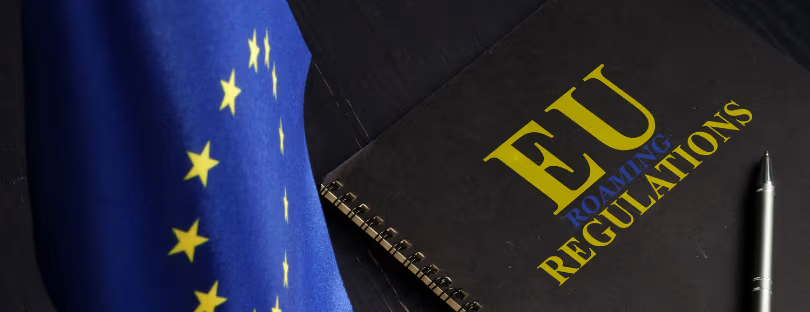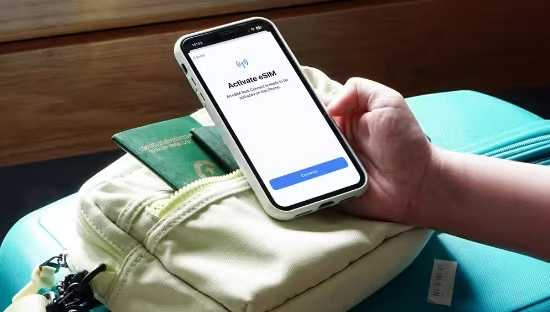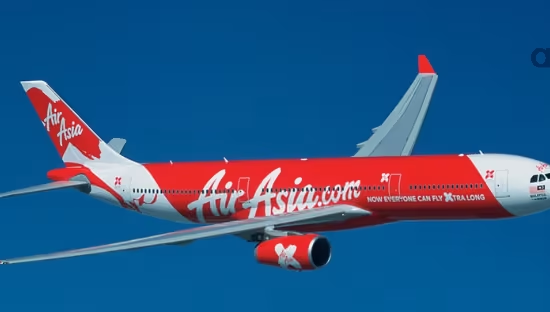
EU’s Next Roaming Regulation: What It Means for eSIM Users and Telcos
If you travel with an eSIM across Europe, you probably only think about EU roaming rules when something breaks. Maybe your data slows down in a capital city, maybe your plan suddenly hits a fair-use limit, or maybe your phone connects to a ship or plane network that charges horrifying rates. EU ROAMING REGULATIONS
The EU’s latest roaming review aims to prevent exactly these moments. The current rules stay in force until 2032, but the review makes the next direction very clear. Here’s what matters in simple, conversational language.
Roam Like at Home Is Safe Until 2032
Roam Like at Home (RLAH) is guaranteed until 30 June 2032 under Regulation (EU) 2022/612. That means your calls, texts, and data will continue to work across the EU/EEA at domestic prices. No surprise reversals. No sudden comeback of roaming charges. For travellers and eSIM providers, this long-term stability is the foundation on which everything else builds.
Data Allowances Are Quietly Getting Better
Your EU roaming allowance is increasing slowly year by year. The EU keeps reducing wholesale roaming caps until they reach €1/GB in 2027. When wholesale costs fall, the fair-use calculation becomes more generous automatically. Unlimited plans get higher roaming limits. Large domestic bundles increasingly allow your full allowance while roaming. Over the next few years, more plans will provide 20–30 GB of EU roaming instead of small buckets that run out too quickly.
5G Roaming Will Finally Become Normal
The updated rules strengthened Quality of Service expectations. If the visited network supports 5G and your operator has an agreement, you should get 5G roaming. It won’t be perfect everywhere immediately, but it is becoming the default rather than a premium extra. For eSIM users, this means a more consistent experience across EU capitals, with fewer drops to 3G or unreliable connections.
The EU Is Cracking Down on Bill Shock
The biggest source of roaming nightmares comes from non-terrestrial networks—the satellite networks used on planes and ships. These are outside RLAH and extremely expensive. The EU now requires operators to send clearer warnings and impose automatic cut-offs of around €50 and €100 without the customer needing to activate anything. Regulators have already forced operators to refund millions for poor warning systems. For travellers using eSIMs, this means more protection and fewer disastrous surprises.
Fair Use Isn’t Going Anywhere
Fair-use policies are still essential to the sustainability of RLAH. Operators can check your usage over four months. If your roaming significantly exceeds your home usage, they can warn you and eventually apply small surcharges capped by law. Most ordinary travellers will never see this. But digital nomads living abroad with their home-country SIM might. For eSIM companies, fair use is the legal barrier that prevents offering permanent EU roaming as a substitute for domestic service. Roaming is meant for travel, not relocation.
Non-EU Neighbours Remain Wildcards
The UK, Switzerland, Turkey, and many Western Balkan countries are outside the EU roaming regulation. Some operators include them voluntarily, but it’s not guaranteed. Your domestic plan may work there cheaply—or not at all. This is why travel eSIMs remain relevant even inside Europe: the EU rules apply only inside the EU/EEA. Regular travellers to the UK or Turkey especially benefit from separate travel eSIM plans.
What All This Means for Telcos and eSIM Providers
Travellers gain stability and protection. Telcos face shrinking margins and higher expectations. Roaming has shifted from a profitable “trap” to a predictable, regulated service. For eSIM brands, this creates both opportunity and responsibility.
Wholesale Margins Are Squeezed, but Usage Is Exploding
Roaming data traffic has multiplied more than forty times since 2017 introduced Roam Like at Home. Meanwhile, wholesale caps keep decreasing. Operators earn less per gigabyte but move huge volumes. For telcos, scale is the new strategy. For eSIM providers and MVNOs, negotiating strong wholesale deals becomes essential for staying competitive.
Transparency Is the New Competitive Advantage
The EU now expects operators and eSIM brands to be crystal clear about roaming:
what’s included, what’s limited, what triggers fair use, and what isn’t covered. Confusing fine print is no longer acceptable. For eSIM apps, this is a major opportunity. The brands that explain roaming simply will convert better, retain customers longer, and build more trust.
Pan-EU eSIM Brands Have a Real Opportunity
Because the EU framework is stable until 2032, eSIM providers can confidently build long-term offers: EU-wide data plans, EU+UK bundles, Balkans add-ons, maritime-friendly options, and premium 5G packages. Lower wholesale prices and clearer rules open the door to more innovative and traveler-friendly products.
What Comes After 2032: The Next Phase of Roaming Rules
The EU’s review doesn’t suggest changing the regulation now. Instead, it highlights where future rules will likely evolve. Expect new frameworks for always-connected IoT devices, permanent machine roaming, satellite connectivity, stricter enforcement of roaming speeds, and potential expansion of regional roaming agreements. Roaming will become more modern, structured, and linked to the future of 5G, IoT, and satellite services. EU ROAMING REGULATIONS
What Travellers Should Do Now
To stay ahead of the changes, check your EU roaming allowance before travelling. Watch for warnings when boarding planes or ferries. Use travel eSIMs for non-EU destinations like the UK or Turkey. And if you roam heavily for business, understand your fair-use thresholds. The overall direction is simple: the EU’s roaming rules are stable, getting more generous, and offering better protection. For eSIM users, this means smoother travel, fewer surprises, and more reliable connectivity across the continent.












